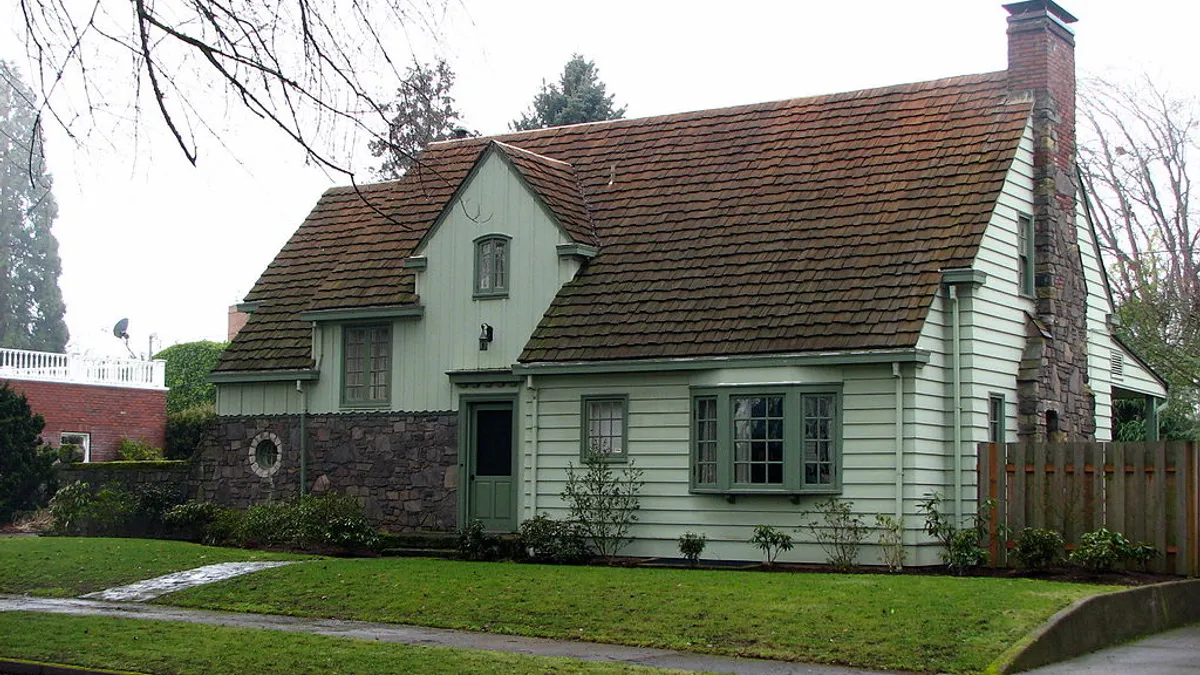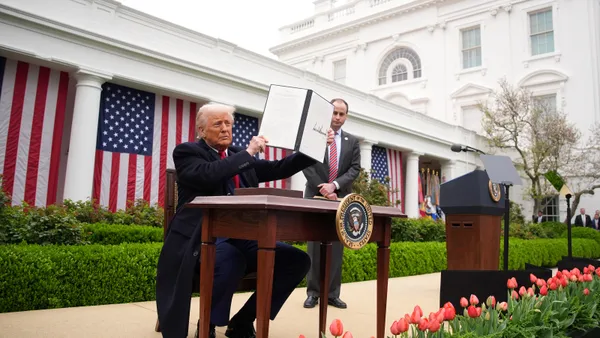Dive Brief:
- Year over year, U.S. home values rose 5.1% in July to a Zillow Home Value Index of $187,300, with Portland, OR (15%), Dallas (11.9%) and Denver (11.3%) showing the most gains.
- Although home values have increased consistently since 2012 — as this month marked their 48th consecutive rise — they are still 4.7% below their April 2007 peak, according to Zillow.
- Rents also rose from July 2015 to July 2016, 2.2% to a Zillow Rent Index (ZRI) of $1,408. Of the three metros with the highest rent increases in the last year — San Francisco, Portland and Seattle — San Francisco (10%) had the highest rent appreciation, while Portland (8%) had the lowest.
Dive Insight:
Zillow Chief Economist Svenja Gudell said "all housing is local," and home values for July represent various regional trends. As home prices continue upward, however, more than 28% of overall U.S. homebuyers — 32% of millennials — have become concerned with affordability, according to Redfin. Rising rents also played a role, as the real estate website found that approximately 45% of first-time buyers were motivated to purchase a home because their monthly rent was so high. This trend contradicted previous reports that found skyrocketing rents were keeping many buyers out of the market, as the increased cost can prohibit potential buyers from being able to save for a down payment — particularly those first-time buyers with student debt.
Nevertheless, rising prices have not slowed new single-family home sales, which rose 12.4% between June and July, 31.3% higher than in July of last year and the strongest pace since October of 2007. Even so, the July median sales price was $294,600, down from $306,700 in June. Existing home sales, though, have not fared as well, falling 3.2% from June to July.The median existing home price increased 5.3% year over year to $244,100, reflecting the pressure tight inventory is having on ever-increasing home values.
However, because of the overall rise in home prices — in addition to bad credit, student loan debt and rigorous lending requirements — between 200,000 and 300,000 households are priced out of the market every year, according to The Wall Street Journal. In fact, the homeownership rate has fallen to a 51-year low of 62.9%. Add that to rising rents, and this dynamic, which has led to a "lopsided recovery," threatens to create a permanent class of U.S. renters.














